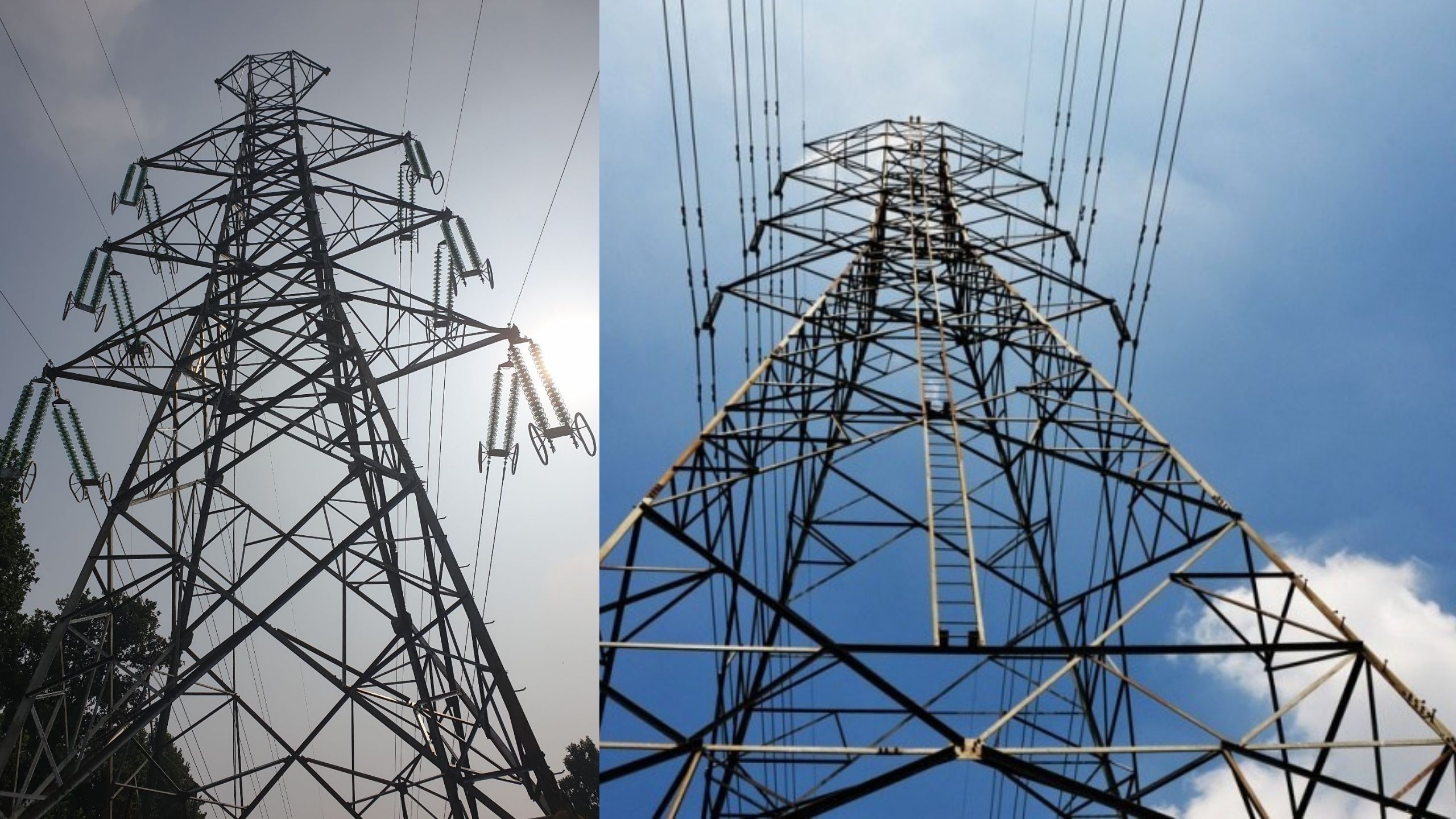
In 1988, when the Nepal Electricity Authority was informed that king Birendra would be coming to Surkhet on a visit, the power utility scrambled to string transmission lines so that there would be electricity during the royal tour.
The 33 kV cables that were installed at that time are still supplying electricity to Karnali. Power consumption has swelled since then, but the infrastructure has not been expanded, and the people of Karnali have been forced to live with load shedding for a long time.

"The lights go out at least 50 times a day," said Kamal KC of Birendranagar. Currently, the 33 kV central transmission line has been extended to seven districts of Karnali except Mugu, Humla and Dolpa.
The authority has about 100,000 customers in Dailekh, Jajarkot, Jumla, Kalikot, Rukum and Salyan including Surkhet. A few days ago, the electricity connection was extended to Nalgad of Jajarkot. Officials said that the central line would be extended to Dolpa.

The power transmission line was brought from Kohalpur to Chisapani, Babai, Harre, Chinchu and Surkhet, a distance of 86 km. Ram Bahadur KC, 55, of Birendranagar, said there were no other settlements except Chisapani and Chinchu at that time.
“The population and use of various appliances consuming electricity have increased, but the old electricity equipment has not even been repaired,” he said, adding that the 33-year-old transmission line was damaged by a storm.
There are high chances of equipment being harmed because of wide voltage fluctuations, KC said.
"Hospital work and medical treatment of patients has been affected due to the electricity problem," said Dr Nawaraj KC of the provincial hospital.
"Machines do not run because of low voltage," he said. "Sometimes, the generator has to be switched on even if there is no power cut,” he said.
"The utility poles are located inside Bardiya National Park, and they are not accessible whenever needed to carry out repair work," said Manosh Kumar Subedi, accountant at the Nepal Electricity Authority, Surkhet.
"The lights go out usually at night. The army which guards the park does not allow us to enter the area during the night due to the danger of wild animals," he said.
According to Subedi, the area extending 86 km from Kohalpur to Surkhet is 95 percent forest. He said it took a long time to repair the power poles in the Chisapani, Babai and Harre forests.
Surendra Agrahari, provincial head of the Nepal Electricity Authority, said customers had to bear the impact of low voltage and overextended power lines.
As per regulations, a 33 kV transmission line can be extended to a maximum of 60 km. "But in some places, the line has been extended up to 300 km without a substation," he said.
That will change with the construction of a new transmission line, and the people of Karnali will be assured regular electricity. The project is not without its problems, however. According to a field survey conducted by the authority, the alignment of the transmission line includes areas of Banke and Bardiya national parks, which has created difficulties in the line extension project.
The authority has conducted a detailed environmental impact assessment for the expansion of the transmission line. But to extend the Kohalpur-Surkhet 132 kVA transmission line, 13,000 trees in the national park area have to be cut down, and the expansion work has been stopped due to lack of permission to do so.
The authority has signed an agreement with Indian construction company RS Infraprojects to implement the Rs700 million project. According to the authority, its completion period is two years.
Ravi Kumar Chaudhary, head of the authority’s transmission project, said the first task would be cutting down the trees along the alignment of the power line.
He said work to bring a 132 kVA transmission line to Surkhet was started in 1988, but it stalled due to various reasons. "If the project is completed, Karnali will have regular power supply," he said. "The problem of low voltage will also be eliminated."
According to the authority, 145 poles will be erected from Kohalpur to Surkhet, 26 of which are planned to be angle towers.
Chaudhary said that many trees have to be cut down because the proposed transmission line passes through national park areas. The authority has asked for permission to cut down the trees in Banke and Bardiya national parks.
The application was submitted to the Ministry of Forests and Environment on September 26. "The cabinet will make the decision to fell the trees, only then will the work move on fast track," he said.